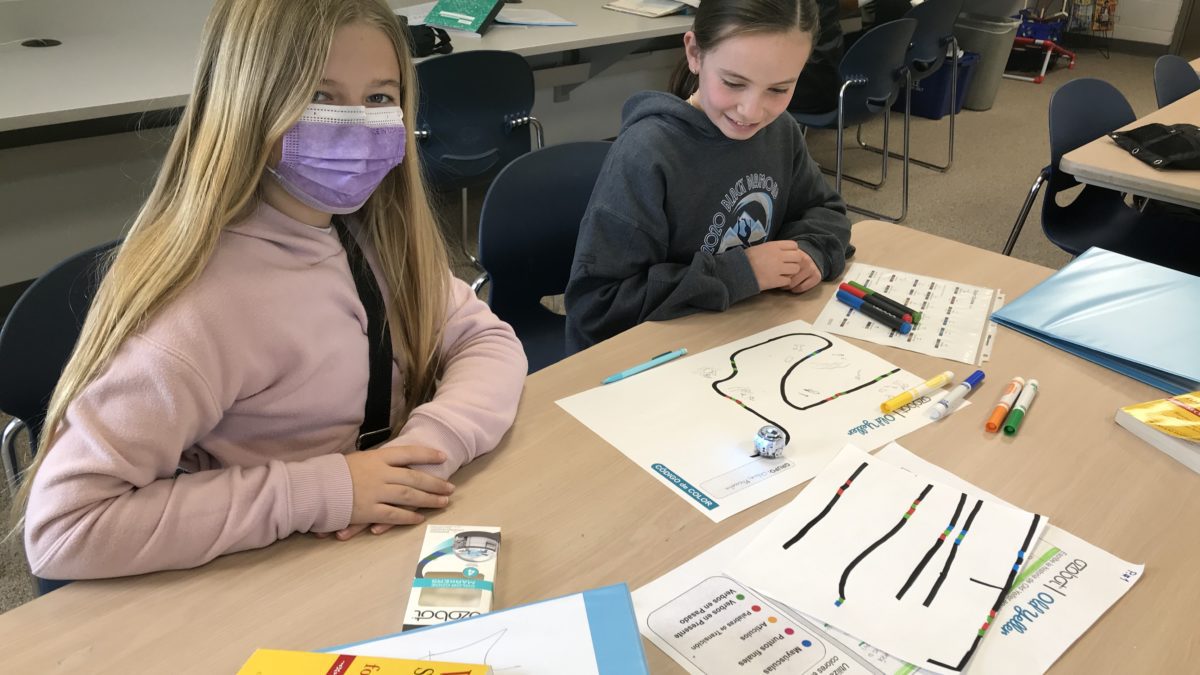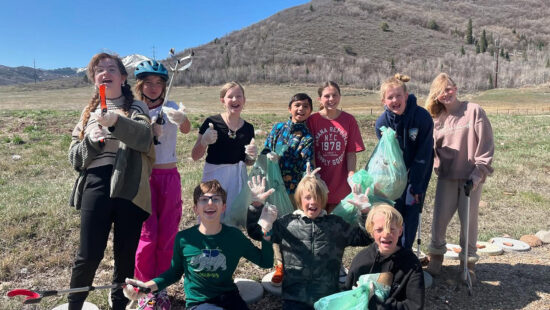Education
Park City Education Foundation seeing positive results from Computational Thinking Program Pilot at Ecker Middle School

The Park City Education Foundation has continued to see positive results in carrying out their Computational Thinking Program Pilot at Ecker Hill Middle School as a part of their STEM learning strategy. Photo: PCEF.
PARK CITY, Utah — The Park City Education Foundation has continued to see positive results in carrying out their Computational Thinking Program Pilot at Ecker Hill Middle School as a part of their STEM (Science. Technology. Engineering. Math.) learning strategy.
Dating back to 1986, PCEF donors have been funding education programs for nearly 40 years through classroom grants in order to provide a better classroom experience for students. Beginning in 2015, PCEF provided funds for groundbreaking elementary coding programs which have then spring-boarded this three year pilot which emphasizes a Computational Thinking Program.
Created by Summer Marshall and Lyndsay Huntsman (PCSD’s PCCAPS & CTE Director), 10 teachers – in subject areas like Spanish DLI, P.E., Music, and Social Studies – are guided and supported by Computer Science Integration Coach Summer Marshall.
“[The program] was created by Lindsey Huntsman who is the CTE and PC caps director for Park City School District, as well as Summer Marshall. The Ecker Hill computer science integration coach saw this challenge and their response was to create access for computer science instruction, through integrating it in other classes, such as P.E., math, and the language classes. So instead of having it be a standalone, it was infusing the computational thinking within different classes that students were already taking,” PCEF Programs Director Kara Cody said.
The program labels the steps of Computer Science Instruction (CS Instruction) which allows it to be applied to any subject. It encourages students to think critically and creatively, embrace failure and discover resilience, engage collaboratively and communicate effectively by following a five step process.
1. Decomposition: Break it down into parts
2. Abstraction: Remove unnecessary information + Keep key elements
3. Patterns: Spot and use similarities
4. Algorithms: Create a step-by-step process
5. Evaluation: Make sure the solution is a good one
Just over a week ago, this process was demonstrated in a Spanish dual-immersion class where students identified grammar elements and connected them with a story using Ozobot to explain how it relates. Then, they used specialized markers to draw a story map on a poster for the Ozobot to follow, all of which was done in Spanish.
“The teacher has her students utilize computational thinking and the students read the text extremely differently. They picture a treasure mark, there’s an X marks the spot and then you walk the plank. That is much more hands on and engaging versus just reading and discussing,” Kara Cody said.
As the program continues to see notable success and a great response from students and teachers, Cody emphasized both the dedication of their amazing educators and the donations from the community which has made this groundbreaking program possible and effective.
“The teachers that were willing to be those early adopters and participate in this really just speaks so highly of just the amazing educators that we have here in Park City. It’s just one example of how incredible they are,” Cody said.
“I also want to thank the Park City community and our donors for their support, because this really is how we are able to fund programs like computational thinking,” Cody continued. “We’re able to invest over a million dollars each year in programming that directly impacts every student in the Park City School District, and we couldn’t do this without the support of the community.”



















